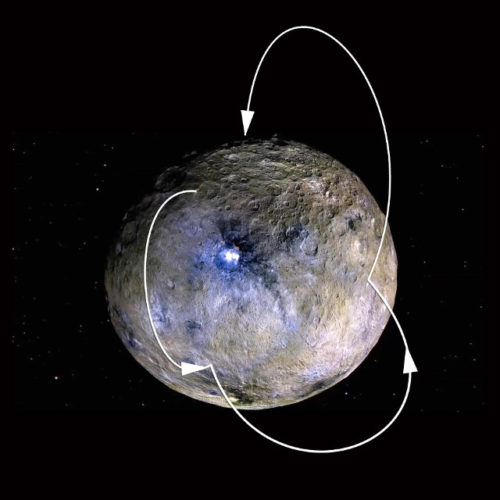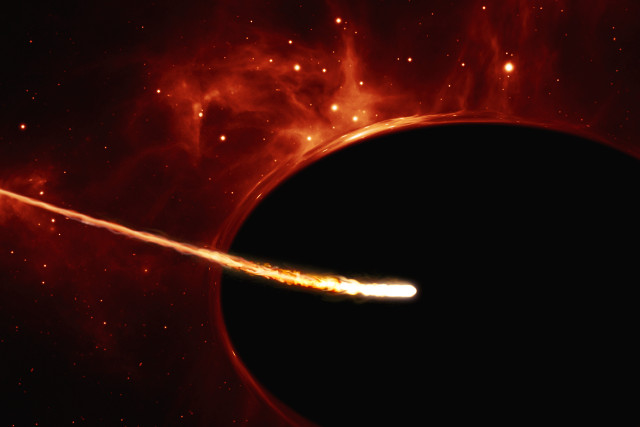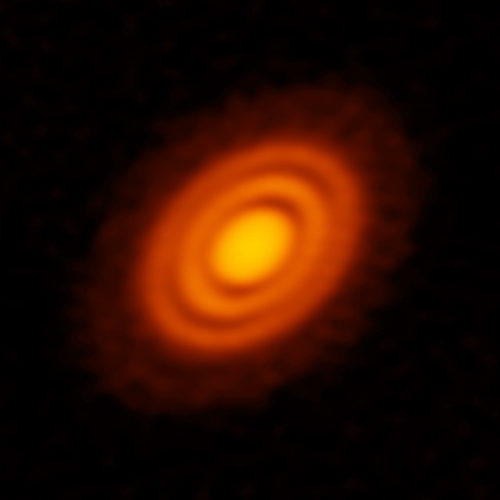
An atom of anti-hydrogen has been examined for the first time
An article published in the journal “Nature” describes the measurement of a spectral line of an antihydrogen atom. The ALPHA experiment at CERN, which is specifically intended to conduct experiments on anti-hydrogen to better understand antimatter’s characteristics, managed to trap an anti-atom to examine it with a laser and to establish that its spectral characteristics are identical to those of hydrogen.





